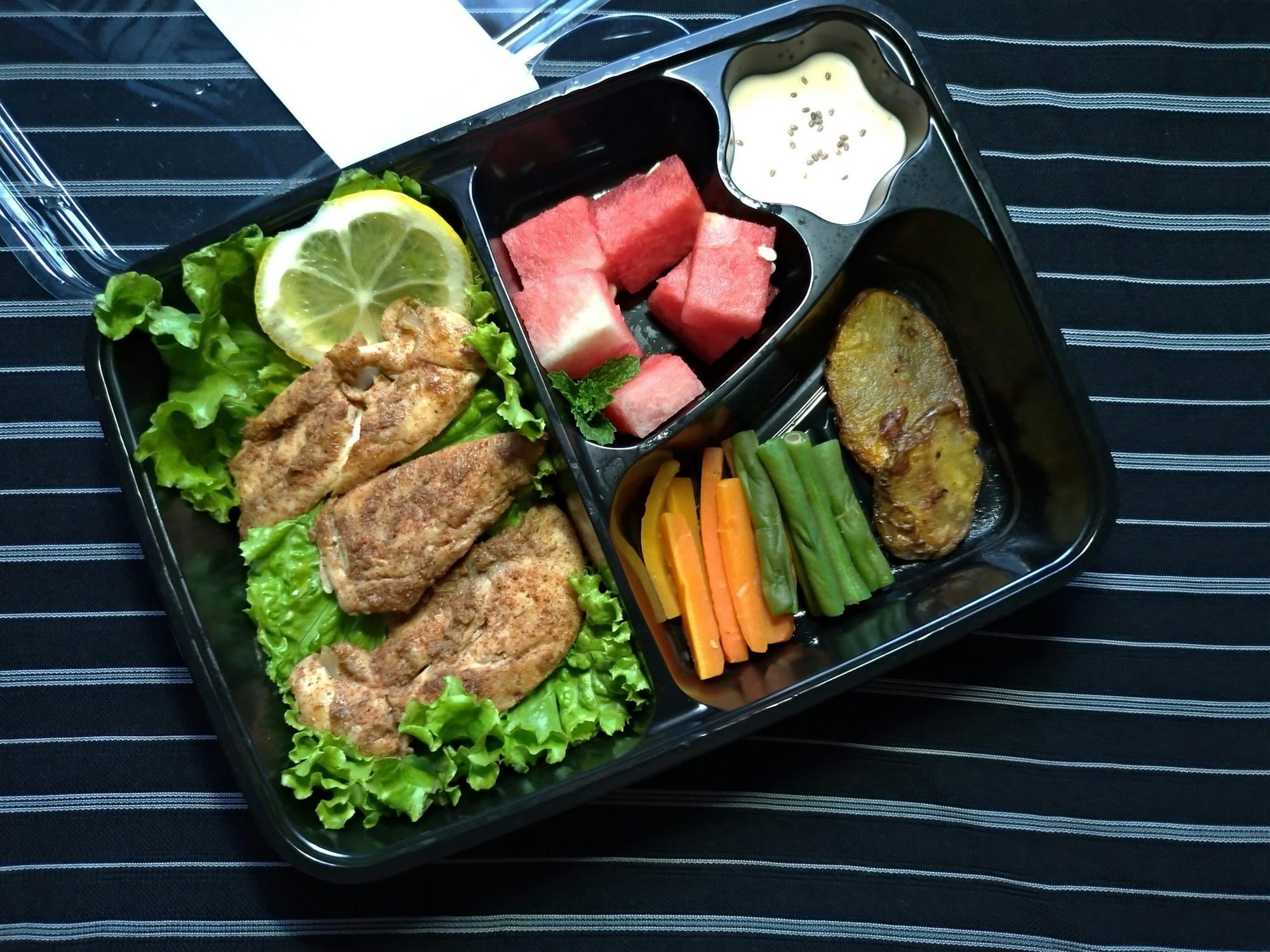As a pet owner, you understand that your furry friends’ diet is instrumental to their growth and overall health. When it comes to the Great Dane breed, this becomes even more important, given their large size and energy needs. Unlike smaller breeds, Great Dane puppies require a carefully balanced diet to support their rapid growth and prevent health issues. In this article, we delve into the specifics of feeding Great Danes, the ideal caloric intake for growing puppies, and how to foster healthy dietary habits.
Understanding the Great Dane’s Growth and Energy Needs
The Great Dane breed is known for being one of the largest dog breeds in existence. As they grow, their food intake requirements change significantly, mostly because their energy needs escalate with their increasing weight and size.
A lire aussi : How to Create an Indoor Oasis for a Feline with Chronic Upper Respiratory Issues?
Great Danes are considered puppies until they reach 18 to 24 months of age. During this time, they’re growing rapidly and require a diet rich in protein, calories, and other essential nutrients to support healthy growth. Failure to meet these requirements can result in an array of health issues, including bone and joint problems due to their large and heavy bodies.
Calculating Caloric Needs for Your Great Dane Puppy
Determining the exact caloric intake for a Great Dane puppy could be quite tricky as it depends on several factors, including their age, weight, and activity level. However, a general rule of thumb is to feed them a diet that’s rich in protein and low in fat.
Dans le meme genre : What’s the Most Effective Way to Teach a Cat to Coexist with a Robotic Vacuum?
Puppies aged 3 to 6 months generally require around 740 to 1450 calories per day, while those aged 8 to 12 months might need between 1390 to 2330 calories. Remember, these are just estimates, and individual variations can occur. Therefore, it’s advisable to consult with a professional vet to get a more accurate estimate.
The Importance of Protein in a Great Dane Puppy’s Diet
Just like humans, dogs also require protein for growth and to maintain their health. For Great Dane puppies, protein is particularly vital as it helps in building their large bodies.
The ideal protein content for Great Dane puppies is around 25% to 30% of their diet. This means that if your puppy is consuming 1000 calories per day, around 250 to 300 of those calories should come from protein. It’s crucial to ensure that the protein sources are high-quality, as low-quality proteins are difficult for dogs to digest and can lead to health issues.
Tailoring Your Great Dane Puppy’s Diet to Their Unique Needs
Knowing the caloric and protein requirements for your Great Dane puppy is not enough. You also need to tailor their diet to their unique needs.
For instance, if your puppy is more active than the average Great Dane, they may require more calories to fuel their energy needs. On the other hand, if they’re less active or prone to weight gain, you might need to limit their caloric intake to prevent obesity.
Also, some Great Dane puppies may have food allergies or specific health conditions that require a specialized diet. In such cases, it’s always best to consult with a vet to create a customized diet plan for your furry friend.
Transitioning from Puppy to Adult Diet
Once your Great Dane puppy reaches around 18 months, it’s time to start transitioning them from a puppy-specific diet to an adult one. This change should be gradual and carefully monitored to prevent any digestive issues or sudden weight changes.
Adult Great Danes typically require fewer calories per pound of body weight than puppies. This is because their growth has slowed down, and they no longer need as much energy for growth. Therefore, it’s crucial to adjust their caloric intake accordingly to maintain a healthy weight and prevent obesity.
In conclusion, feeding your Great Dane puppy a balanced and nutritious diet is paramount for their growth and overall health. Remember to regularly consult with a vet to ensure that your furry friend’s dietary needs are being met and to make any necessary adjustments to their diet.
Feeding Options for Great Dane Puppies
When selecting the best dog food for your Great Dane, you should consider their unique nutritional needs. For example, a balanced diet for a Great Dane puppy would include high-quality protein sources, a moderate amount of fat, and a careful selection of carbohydrates.
Wet food and dry kibble are the two main types of dog foods available. Dry dog food is often more convenient and cost-effective, but it might not be the best choice for all Great Dane puppies. Younger puppies might find wet food easier to eat, and it can also be a good source of hydration. However, wet food tends to have higher fat content, so it’s important to factor this into their total daily caloric intake.
A variety of brands offer specialized puppy food formulas for large breeds. These formulas often include a balance of protein, fat, and carbohydrates that cater to the rapid growth of large breed puppies like Great Danes. They also typically contain appropriate levels of calcium and phosphorus to support bone development and prevent health issues related to rapid growth.
It’s crucial to remember that each Great Dane puppy is unique. There’s no one-size-fits-all diet, and what works for one might not work for another. That’s why it’s advisable to monitor your puppy’s response to their diet and adjust as necessary, always in consultation with a vet.
Monitoring Your Great Dane Puppy’s Weight
Keeping track of your Great Dane puppy’s weight is an essential part of monitoring their health and diet. Overfeeding can lead to rapid weight gain and obesity, which can, in turn, cause severe health issues. On the other hand, underfeeding can hinder your puppy’s growth and development.
A healthy weight for a Great Dane puppy will vary depending on their age and sex. Generally, male Great Dane puppies tend to be heavier than females. For example, at six months of age, a male Great Dane puppy might weigh between 65 to 100 pounds, while a female might weigh 60 to 85 pounds.
To prevent overweight or underweight problems, it’s advisable to weigh your Great Dane puppy regularly. This can help you adjust their caloric intake as needed.
Remember, a drastic increase or decrease in weight can be a sign of health issues. If your puppy is not gaining weight or is losing weight rapidly, it’s crucial to consult a vet.
Conclusion
Feeding a growing Great Dane puppy can feel like a daunting task due to their large size and high energy requirements. However, understanding their nutritional needs can make a huge difference.
Remember to provide a balanced diet rich in high-quality protein and moderate in fat. Monitor their weight regularly to ensure they are growing at a healthy rate. If your Great Dane puppy is more or less active than average or has specific health issues, consider tailoring their diet to their unique needs.
Lastly, don’t forget to consult with a professional vet regularly. They can provide guidance on feeding schedules, portion sizes, and diet adjustments as your Great Dane puppy transitions to adult weight. Your efforts towards providing a balanced diet will contribute significantly to your Great Dane puppy’s overall health and well-being.






